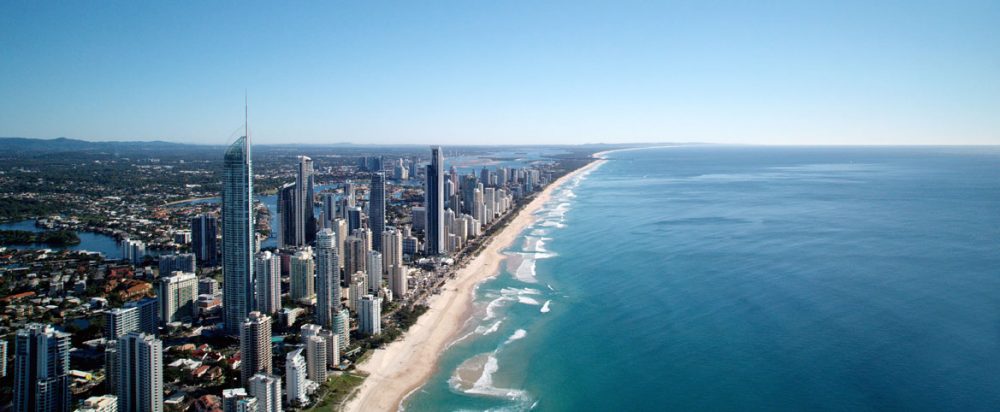Visitor numbers to the Gold Coast are increasing – but international tourists are staying shorter and are spending less. Domestic tourism is steady with various ups and downs, depending on the visitor type. It is time to rethink what the Gold Coast offers and how it can maintain its position as a world class destination in a race of ever new compelling destinations around the world.
In last year’s budget, the Queensland Government announced $33.5 million additional funding for tourism over four years to attract new visitors from Asia. The Gold Coast also benefited from major infrastructure investments, for example the extension of the light rail and a range of Commonwealth Games facilities.
So, with that tailwind and a globally booming tourism industry, how is the Gold Coast investing into its tourism future? Developing successful products for target segments that are high-yielding, align with the long term plans for the destination and provide a good match with what residents on the Gold Coast want is not a trivial task. It requires a good plan, and the resourcing to implement it.
To make informed decisions it is important to ask the customers themselves what they want. Seventy-eight percent of visitors to the Gold Coast come from elsewhere in Australia. So, domestic tourism is the bread and butter of the industry. Whilst developing the Asian markets adds nice icing to the cake, the Gold Coast as a destination can only thrive if it has appeal to the domestic market.
The Griffith Institute for Tourism undertook some research to better understand what Australians want when they consider a holiday on the Gold Coast. Based on a sample of 1,759 Australians, mostly from Sydney, Melbourne and Brisbane, and more in-depth focus group research in Melbourne with the couples and family markets, we found some interesting pointers.
The natural environment features highly, making Cairns with its easy access to both the Great Barrier Reef and the tropical rainforest, the most sought after holiday destination in Australia. The Gold Coast ranked in second place, and interestingly, visiting the rainforest was selected by 40% of respondents as their most preferred activity from a list of new experiences for the Gold Coast. Currently, rainforest experiences in the Gold Coast hinterland are very limited, indicating a major development opportunity.
Dining experiences were also very important to visitors, especially when they occur in the natural environment. For the Gold Coast dining overlooking the beach was very appealing, and so were other activities on the beach or around the waterways. In particular, potential visitors from other Australian cities seek the opportunity for activities where they can connect with each other (especially family and couples who are the primary markets for the Gold Coast).
Niche market attractions, such as artificial reefs, cruise ship holidays, or mountain bike parks were of limited mass appeal, but could be attractive for selected markets. Here, it is crucial to undertake further research into the costs and benefits of investing into new attractions, in particular when capital costs are large. Comprehensive research to asses such proposals would generate the economic models and social impact studies needed to advance such decision making and capitalise positively on the current tourism boom.
The Gold Coast has a major opportunity with the Commonwealth Games. However, transformation or rebranding does not come without asking some hard questions and exploring new territory. The role of research, including thorough monitoring of visitor trends against sustainable targets, is critical.
Written by Professor Susanne Becken, and Dr Sarah Gardiner, Griffith Institute for Tourism.
